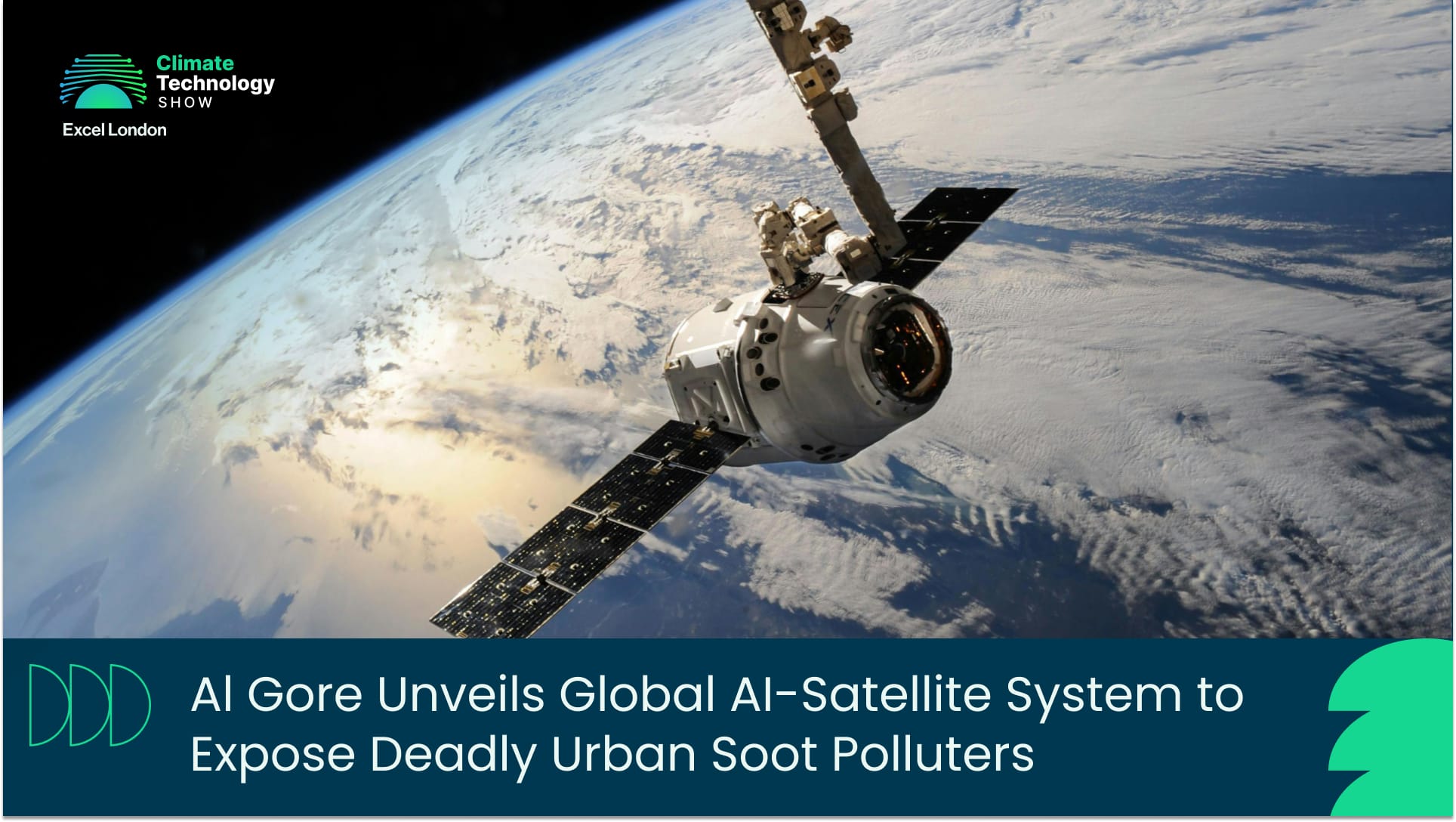NEW YORK 24 September 2025: Communities across the world may soon gain unprecedented visibility into the air they breathe, as former U.S. Vice President Al Gore’s nonprofit coalition expands its Climate TRACE platform to track dangerous soot pollution with satellite technology and artificial intelligence.
The system, originally designed to monitor methane emissions, now tracks fine particle pollution, often referred to as soot, across 2,500 cities. Soot particles, invisible to the naked eye, are among the deadliest forms of air pollution. Scientific studies link them to heart disease, lung cancer, strokes, and asthma, with nearly nine million global deaths each year tied to exposure. In the United States alone, tens of thousands of premature deaths are attributed to soot annually.
Powered by 300 satellites, 30,000 ground sensors, and advanced AI, the network identifies 137,095 sources of particle pollution. Alarmingly, nearly 4,000 of these are classified as “super emitters,” responsible for outsized shares of global pollution. The system not only maps the spread of pollutants but also publicly reveals the companies and facilities behind them.
In a report by The Washington Post, Gore said, “It’s difficult, before AI, for people to really see precisely where this conventional air pollution is coming from.”
“When it’s over in their homes and in their neighborhoods and when people have a very clear idea of this, then I think they’re empowered with the truth of their situation. My faith tradition has always taught me you will know the truth and the truth shall set you free.”
Gore further added, “It’s the same combustion process of the same fuels that produce both the greenhouse gas pollution and the particulate pollution that kills almost 9 million people every single year,’’
“I’ll give you an example. I recently spent a week in Cancer Alley, the stretch between Baton Rouge and New Orleans where the U.S. petrochemical industry is based. That’s a 65-mile (105-kilometer) stretch, you know, and on either side of the river, we did an analysis with the Climate TRACE data. If Cancer Alley were a nation, its per capita global warming pollution emissions would rank fourth in the world, behind Turkmenistan.”
Globally, the cities with the largest populations exposed to soot were found to be Karachi, Pakistan; Guangzhou, China; Seoul, South Korea; New York City, and Dhaka, Bangladesh. By exposing both the sources and the scale of soot emissions, Gore’s expanded Climate TRACE initiative is reshaping how pollution is understood and confronted.
The technology provides communities, policymakers, and advocates with the hard data they need to demand cleaner air and hold polluters accountable. While it may not erase the problem overnight, this fusion of satellites, AI, and sensors represents a turning point: a world where invisible pollution is made visible, where data drives public awareness, and where the fight for environmental justice and human health gains a powerful new tool.

